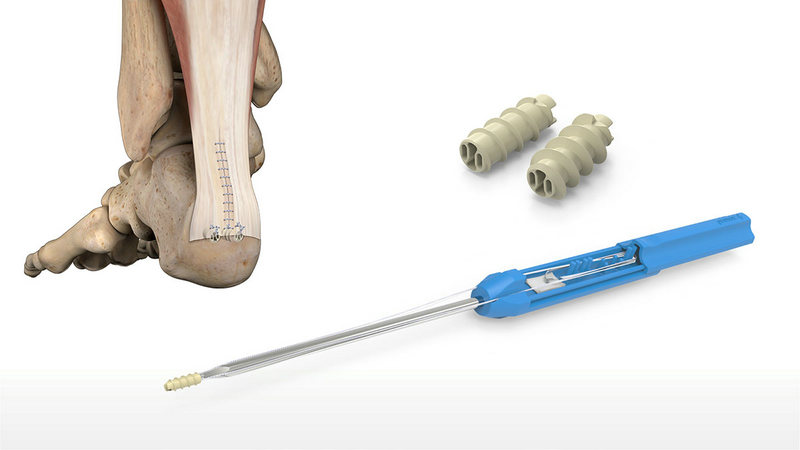
_______________________________________________________________________________________________________________________________________________________________________
PEEK (Polyether Ether Ketone) has emerged as a highly promising material in the field of surgical instrument manufacturing due to its exceptional physical, chemical, and biological properties. Here are the main advantages of using PEEK in surgical tools:
Non-toxic: PEEK meets strict biocompatibility standards such as ISO 10993 and USP Class VI, making it non-toxic and non-irritating to human tissues.
No immune response: PEEK does not trigger immune reactions or inflammation when used inside the body, making it suitable for long-term implantable devices.
No metal ion release: Unlike metals, PEEK does not release ions that may cause allergic reactions or tissue damage.
Heat resistance: PEEK can withstand continuous temperatures up to 260°C and short-term exposure up to 300°C, ideal for sterilization methods like autoclaving (134°C).
Chemical resistance: It resists most disinfectants and cleaning agents, maintaining long-term performance stability.
High strength and toughness: PEEK endures mechanical stresses during surgical procedures without cracking or deforming.
Wear resistance: Maintains surface integrity even after frequent use, minimizing scratches and degradation.
Fatigue resistance: Excellent fatigue performance allows repeated use and sterilization, extending the instrument's lifespan.
Tissue-matching flexibility: PEEK’s elastic modulus is close to that of human bone, reducing stress shielding and lowering the risk of post-op complications.
Improved comfort: Its low modulus minimizes tissue compression and damage during use, enhancing patient comfort.
Easier surgical guidance: PEEK is radiolucent, meaning it doesn't obstruct X-ray imaging, allowing surgeons to work with precision.
Post-op monitoring: PEEK implants do not interfere with X-ray or CT scans, aiding in accurate recovery assessments.
Flexible manufacturing: PEEK can be molded, extruded, or CNC machined into complex shapes, supporting customized surgical tool designs.
Surface treatment compatibility: Surface modifications (e.g., coatings, laser engraving) can enhance its functionality by improving antibacterial properties or reducing friction.
Recyclable: Waste generated during PEEK processing can be recycled, supporting sustainability goals.
Low emission: PEEK does not release harmful substances during use, ensuring safety for both the environment and human health.
Lightweight: PEEK instruments are lighter, reducing user fatigue during long surgical procedures.
Aesthetic appeal: The material allows for sleek, high-quality instrument design.
Spinal Implants: PEEK is widely used in intervertebral fusion devices due to its support strength and biocompatibility.
Joint Replacements: Common in knee and hip implants, PEEK helps reduce complications and improves recovery.
Surgical Instruments: Used in handles, forceps, tweezers, etc., PEEK maintains mechanical stability and withstands sterilization.
Dental Tools: Ideal for implants and crowns thanks to its aesthetic appeal and biocompatibility.
PEEK material stands out as an ideal choice for surgical instrument manufacturing. Its biocompatibility, high temperature and chemical resistance, mechanical strength, and radiolucency make it highly valuable in medical applications. As technology advances and production costs decrease, PEEK is expected to play an even larger role in the future of medical innovation.